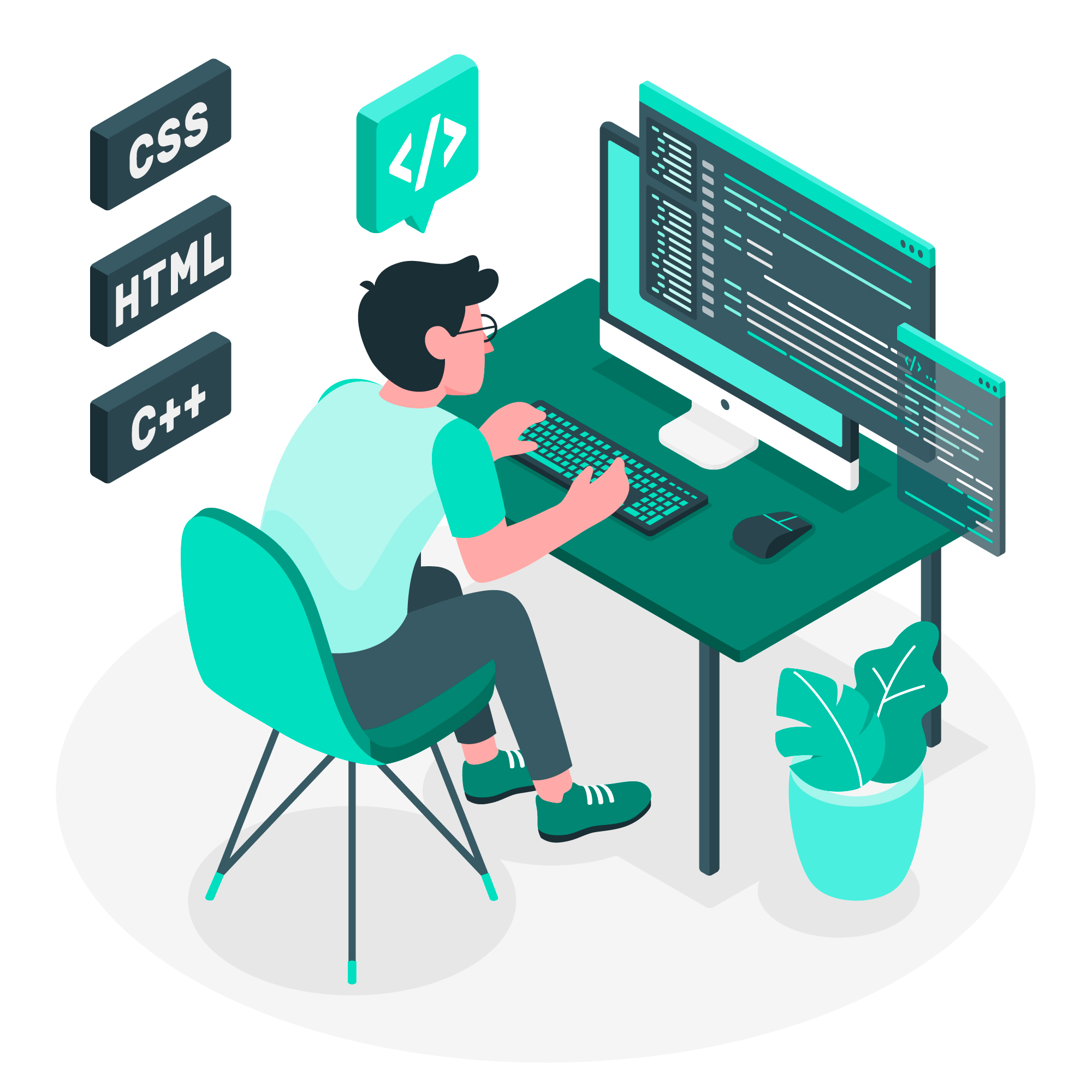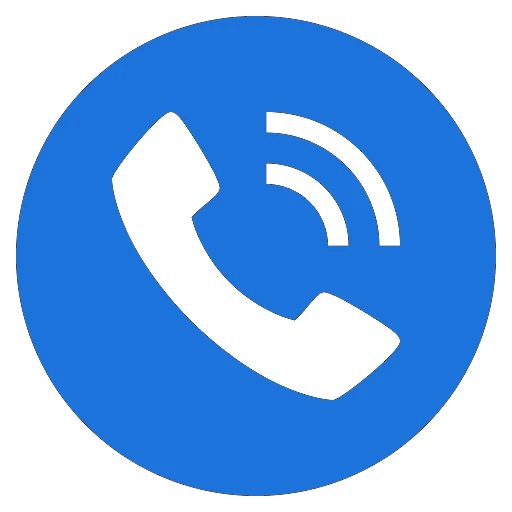How To Become A Web Designer
Building a powerful online presence has become increasingly crucial in today’s digital age. This is where web designers come into play, playing a key role in shaping the virtual landscape. Whether you’re a naturally creative individual or someone contemplating a career transition, diving into the realm of web design can unlock a world of exciting possibilities. As the best web designer in Kerala, this guide I prepare serves as your user-friendly roadmap and provides step-by-step guidance to set you on the exciting path of becoming a web designer.

How To Become A Web Designer: A Step-By-Step Guide
Step 1: Learn Web Design Theory
Embarking on the journey to become the best Web Designer begins with grasping the fundamentals of web design theory. These foundational principles are crucial for creating effective websites, addressing aspects like user experience, structure, and color theory.
For those eager to dive into web design theory, several learning paths are available. A popular approach is attending a web design course or coding boot camp, with a focus on UX design or web development. Web design boot camps offer a rapid and immersive educational experience, transforming beginners into job-ready Web Designers in approximately 12 weeks of full-time study. Part-time options are also available, though they extend the overall duration.
Alternatively, a wealth of engaging tutorials on web design theory is accessible on platforms like YouTube. If you want to ensure that web design is the right fit for you before committing to a more extended course, you can enroll in free courses on platforms such as Coursera or DesignContest.
It’s essential to recognize that, unlike Graphic Designers who often concentrate solely on visuals, Web Designers need to harmonize design ideas with various technological considerations. Learning web design theory is distinctive because the field is in a constant state of evolution. Therefore, a successful Web Designer commits to continuous learning and ongoing skill development. Stay tuned for updates as the world of web design evolves!
Step 2: Learn Key Web Design Tools
Navigating the ever-evolving field of web design requires careful consideration of the tools at your disposal.
If you want to be a Web Designer, we recommend you learn the following tools
WordPress
Unmatched as a content management system, WordPress excels in functionality and ease of use. Its vast library of themes and plugins enables the creation of diverse websites.
Adobe Creative Suite
Adobe’s suite, including Photoshop and Illustrator, remains essential for graphic design. These tools are indispensable for creating high-quality visuals and graphics that seamlessly integrate into web design projects.
Sketch
Favored by Mac users, Sketch is a vector-based design tool specializing in user interfaces and experiences. Its simplicity and design focus make it a top choice.
Figma
Known for collaboration, Figma is a cloud-based design tool enabling real-time collaboration. Its versatility in design and prototyping positions it as a strong competitor.
Tips for Mastery:
Invest time in tutorials and online courses.
Experiment with real projects for practical experience.
Stay updated on tool features and updates.
Join online design communities for shared experiences.
Step 3: Work On Your Own Projects
While grasping web design theory is crucial, practical experience is equally vital. Engaging in personal projects to apply theoretical knowledge not only hones your skills but also adds valuable content to your portfolio. Now equipped with your web design tool belt, it’s time to dive into building websites.
As you embark on this journey, expect to gain unexpected skills, including technical or “hard” skills like HTML, CSS, and even JavaScript. The key to sharpening these skills is to simply get started—building more sites enhances your proficiency.
Beyond technical skills, Web Designers should also consider user experience (UX) design skills. Since Web Designers shape the screens users interact with, understanding user-centered design and responsive design is crucial. As you construct sites, put yourself in the user’s shoes. Identify pain points, navigation issues, and areas for improvement. Consider the site’s speed—important for both users and search engine optimization. This shift in mindset towards a UX Designer perspective is essential for creating robust web products.
In essence, theory provides the foundation, but practical application through hands-on experience is the key to becoming a proficient and well-rounded Web Designer. So, start building, learning, and refining your skills as you progress in your web design journey.
Step 4: Develop A Portfolio
Your digital portfolio is the gateway to showcasing your web design prowess – think of it as your personalized online resume. It’s not just a compilation of projects; it’s a curated exhibition of your skills and creativity. Let’s delve into the art of creating a compelling portfolio that not only reflects your versatility but also captivates potential employers.
Start by carefully selecting a diverse range of projects that spotlight your adaptability as a web designer. Each project should be accompanied by detailed descriptions that peel back the layers of your design choices and illuminate your problem-solving prowess. Take your audience on a journey through your creative process, helping them understand the why and how behind each pixel.
Identify what sets you apart as a web designer – your unique strengths. Tailor your portfolio to emphasize these distinctive qualities. Whether it’s an innovative approach to user interfaces or an unparalleled knack for user experience, let your portfolio be a testament to what makes you special.
Consider the aesthetics and functionality of your portfolio’s user interface (UI) and user experience (UX). Your portfolio is not just a container; it’s an experience in itself. Ensure that navigating through your projects is intuitive and visually pleasing. A seamless and visually appealing portfolio reinforces the idea that you understand the importance of both design and user interaction.
Beyond showcasing the final products, take the opportunity to walk employers through your creative process. Use descriptive text to articulate the problems you tackled and the solutions you devised. Effective communication is a soft skill that holds immense value in the world of web design, so demonstrate your ability to convey complex ideas in a clear and concise manner.
In essence, your portfolio is not just a collection of websites; it’s a narrative of your skills, creativity, and communication abilities. Craft it with care, ensuring that it becomes a compelling story that leaves a lasting impression on anyone who explores it. After all, in the world of web design, your portfolio is your digital masterpiece – make it unforgettable
Step 5: Apply For Web Design Jobs
Once your portfolio gleams with polished perfection, it’s time to embark on the next crucial step – applying for web design jobs. Remember, each position is unique, and your applications should reflect that. Tailor your approach to match the specific requirements of each job, showcasing how your skills align with the needs of the role.
Don’t be hesitant to explore internships or entry-level positions as stepping stones to gain invaluable industry experience. These opportunities not only serve as a gateway into the professional realm but also provide a platform for you to hone your skills and build a robust foundation for your career.
Consider reaching out to recruiters to ensure your resume and portfolio are in the right hands. If you’ve undergone a bootcamp, capitalize on the career services they offer. These services often include interview preparation and assistance with refining your resume and portfolio – invaluable resources that can significantly enhance your job search.
In the competitive landscape of web design, proactive efforts and a strategic approach to job hunting can make all the difference. Seize every opportunity to showcase your talents, whether through tailored applications, internships, or leveraging the support of career services. Your journey into the world of web design is not just about finding a job; it’s about launching a fulfilling and successful career.
Career Paths In Web Design
The world of web design offers a spectrum of career paths, allowing individuals to tailor their professional journey to their interests and strengths. Here are some exciting career paths in web design
1. In-House Designer For Tech Giants
Working as an in-house designer for a tech giant opens the door to engaging with large-scale projects. This role allows you to contribute to the design of websites, applications, and digital experiences that reach a global audience. The collaborative environment and access to cutting-edge technologies make it an enticing option for those who thrive in dynamic settings.
2. Freelance Web Designer
Freelancing stands out as a popular choice for web designers seeking independence and flexibility. As a freelance web designer, you enjoy the freedom to choose your projects, clients, and work hours. This path not only allows you to showcase your creativity but also enables you to build a diverse portfolio by working on projects ranging from small businesses to international clients. Most of the web designers in Kerala opt for freelance projects, leveraging the flexibility this career path offers.
3. E-Commerce Design Specialist
With the surge in online businesses, specializing in e-commerce design has become a lucrative niche. E-commerce designers focus on creating visually appealing and user-friendly online stores. This career path involves understanding user behavior, optimizing product displays, and enhancing the overall shopping experience. E-commerce specialists are in high demand as businesses continually strive to improve their online presence, making this field both challenging and rewarding.
4. Front-End Developer With Design Skills
For individuals who enjoy both coding and design, the role of a front-end developer with design skills can be particularly fulfilling. This career path goes beyond creating visually appealing designs; it involves implementing them using coding languages such as HTML, CSS, and JavaScript. Front-end developers with design skills play a crucial role in bridging the gap between design aesthetics and functional implementation, contributing to seamless user experiences.
5. Web Design Educator And Mentor
For seasoned web designers with a passion for sharing knowledge, becoming an educator or mentor is a gratifying option. This path involves teaching aspiring designers, conducting workshops, and providing guidance to help the next generation of designers flourish in the industry. By imparting practical insights and real-world experiences, web design educators and mentors contribute significantly to the growth and development of emerging talents in the field.
Conclusion
Becoming the best web designer is a journey that requires dedication, continuous learning, and a passion for creativity. By following the steps outlined in this guide, you’ll be well on your way to carving a successful career in web design. Embrace challenges, stay curious, and let your creativity flourish in this ever-evolving field.


